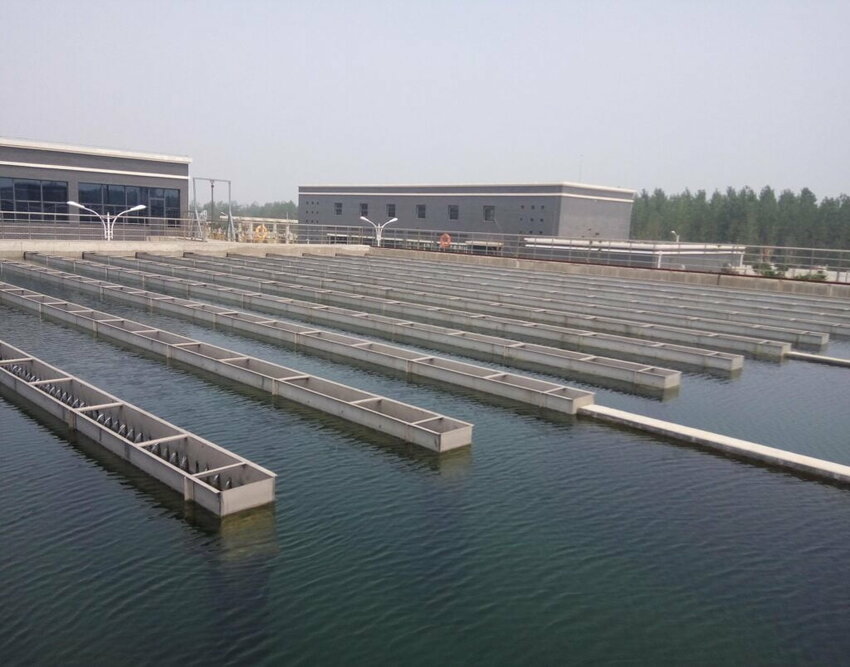 (Credit: Pixabay)
(Credit: Pixabay)As the federal government begins to allocate billions of dollars to improve water quality and access to communities as part of the recently passed infrastructure bill, water rates may stabilize for industry.
The Environmental Protection Agency began allocating the funds earlier this month. The legislation gives $50 billion overall to water and wastewater infrastructure over five years.
Costs of water have been rising for more than a decade as infrastructure improvements have lagged. Water rates have risen in the United States by 43% since 2012, according to Bluefield Research.
Much of the county’s water system is outdated and requires costly fixes or replacements. Some of those rising water costs can be attributed to utilities making their own changes to infrastructure.
In San Francisco, according to Bluefield, that area’s rates have increased to help fund a $4.8 billion water improvement plan. In Summit County in Ohio, rates were recently raised to counter costs doubling to treat sewage and issues like the city of Akron being responsible for a court-ordered $1.1 billion sewer reconstruction project, according to the Akron Beacon. Those costs are also passed on to water users.
With the water infrastructure funds now going out to communities, that could ease some of the financial burden passed on to users and stabilize the market.
The EPA says $44 billion of the funds will go through State Revolving Funds, which provide low-interest loans to communities and utilities for improving investments in water infrastructure, according to the Associated Press. The federal government cannot dictate how the money is spent.
The EPA has already outlined millions of dollars of distributions to states across the country. Some of the more significant amounts include $600 million for California, $275.4 million for Florida and $199.2 million for North Carolina.
In Michigan, the state’s senate unanimously passed a $3.3 billion water infrastructure bill to replace lead pipes and repair dams, according to the AP. The state’s house will next consider the effort, which includes $1.4 billion from the infrastructure bill. Michigan has been a focus of water infrastructure issues, especially with a water crisis in Flint.
Part of the infrastructure deal calls for $15 billion to go toward replacing led pipes. Another $866 million is intended to address per- and poly-fluoroalkyl substances (PFAS). The EPA has indicated they want communities to take fixing that problem seriously, and the agency also outlined a roadmap to tackle that pollution problem.
Even before the infrastructure deal, industry was attempting to make water and wastewater facilities more efficient.
One report had the wastewater treatment market reaching $77.6 billion by 2027, as improved technology is expected to provide significant growth opportunities in the industry.
Technology like automation software that can help manage facility operations is also expected to help reduce energy costs and wasted water. Such software could also help keep systems functional and adapt over time, which will help mitigate aging systems, according to Schneider Electric.